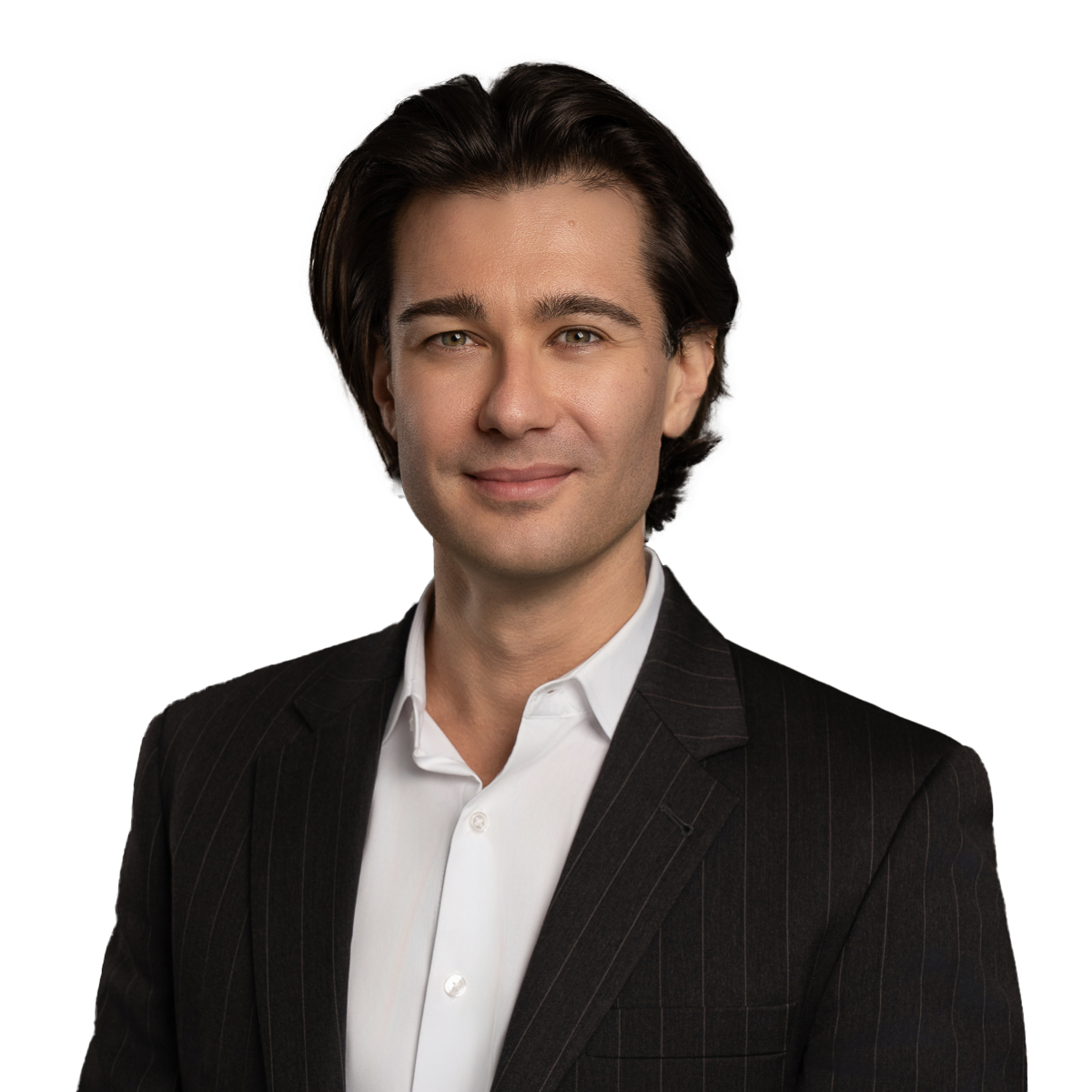Treating ADHD: Where to Begin
 We hear ADHD thrown around often. We hear "children are overmedicated." We also hear "children are under-medicated."
We hear ADHD thrown around often. We hear "children are overmedicated." We also hear "children are under-medicated."
Which begs the question: What is the first-line treatment for ADHD?
Non-pharmacological interventions. Yes — not medications first. This is the concept our instructors drilled into us in medical school. A complex vignette about a patient with hypertension would be presented, and we’d eagerly recall our pharmacology to impress. Yet the correct answer was always the same: non-pharmacological interventions.
A Broader Way to See ADHD
It’s worth remembering that ADHD traits may not always have been disadvantages. Some researchers have proposed that qualities like rapid scanning, high energy, and novelty-seeking once conferred evolutionary advantages in more dynamic or unpredictable environments.
In the modern world, however, the same traits can clash with structured classrooms, digital distractions, and long stretches of sedentary focus. So when we talk about “treating” ADHD, we’re not fixing something inherently broken — we’re helping children function more effectively within today’s demands.
The goal is to support focus, self-regulation, and confidence — not to erase curiosity, creativity, or energy.
Practical, Non-Medication Strategies for ADHD
If ADHD is, in part, a mismatch between a child’s wiring and their environment, then part of treatment means adjusting that environment — but that’s only the starting point, not the whole story. Therapy, collaboration with schools, and sometimes medication play essential roles too. But a strong foundation always begins here.
1. Structure and Predictability
Children with ADHD thrive on routine. Knowing what comes next reduces the mental load of constant decision-making.
• Keep consistent wake-up, mealtime, and bedtime schedules — even on weekends.
• Use visual schedules (charts, whiteboards, or apps) to make time concrete.
• Handle transitions with gentle countdowns (“Five more minutes… two more minutes… time to switch”).
2. Movement as Medicine
Exercise doesn’t just “burn off energy” — it directly improves attention, motivation, and emotional regulation by influencing dopamine and norepinephrine.
• Aim for daily physical activity: sports, biking, dancing, walks, or trampoline time.
• Build short “movement breaks” into homework or study sessions.
3. Simplify the Environment
A cluttered or noisy space competes for attention.
• Keep homework spaces quiet, organized, and visually simple.
• Break large tasks into smaller, manageable steps.
• Use timers or checklists rather than relying on memory.
4. Sleep, Nutrition, and Screen Hygiene
Basic rhythms have enormous impact on attention and mood.
• Prioritize adequate, consistent sleep — it’s often underestimated.
• Include protein-rich meals and snacks to sustain energy and focus.
• Reduce evening screen exposure; blue light delays sleep onset.
5. Positive Reinforcement and Connection
Children with ADHD often receive more corrections than compliments. Over time, that shapes self-esteem.
• Praise specific behaviors (“You stayed with that problem until you finished it!”).
• Reward effort, not just outcomes.
• Remember: emotional connection and empathy drive learning more than punishment ever will.
6. Parent Support and Education
Supporting a child with ADHD is a skill set — not something parents should be expected to “just know.”
• Evidence-based programs like Parent-Child Interaction Therapy (PCIT) or Behavioral Parent Training teach effective techniques that improve outcomes.
• Parent support groups can provide perspective and reduce burnout.
7. What About Medication?
Medication can be a very effective part of ADHD treatment, and for many children it becomes an essential tool once the groundwork is in place. But it deserves its own careful discussion — one that looks at benefits, side effects, and the nuances of real-world decision-making.
I’ll be writing a separate post devoted entirely to ADHD medications — how they work, when we consider them, and how to make those decisions thoughtfully as a family. Stay tuned.
A Thoughtful Balance
Changing a child’s environment isn’t a cure — it’s a powerful start. Many children benefit from behavioral therapy or school accommodations, and in some cases, medication becomes an important part of the plan. The key is to individualize care, stay evidence-based, and remember that ADHD treatment is never about changing who the child is — only about helping them function at their best.
If you'd like to ask a question about your child's ADHD or any related topic, I have an anonymous question box on my website. I can't promise to answer every submission, but I often use common parent questions as inspiration for future blog posts or short videos. Chances are, if you're wondering about something, you're not the only one.